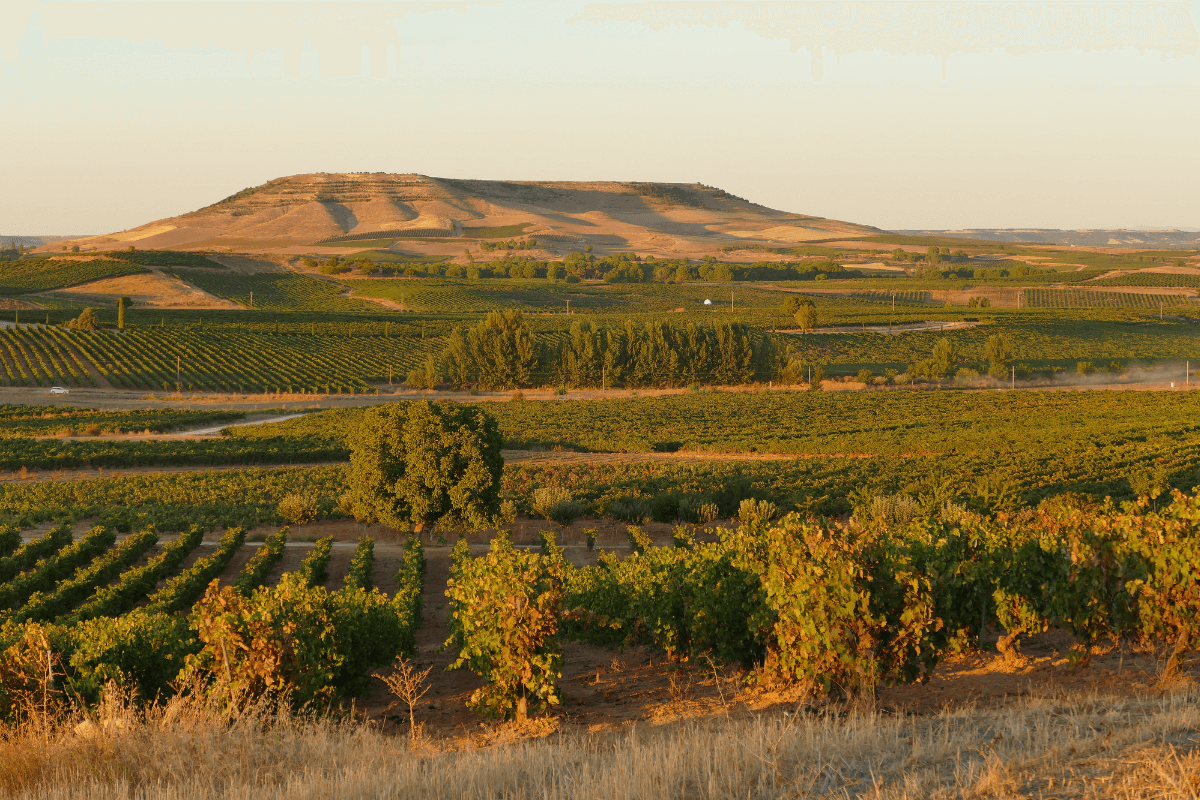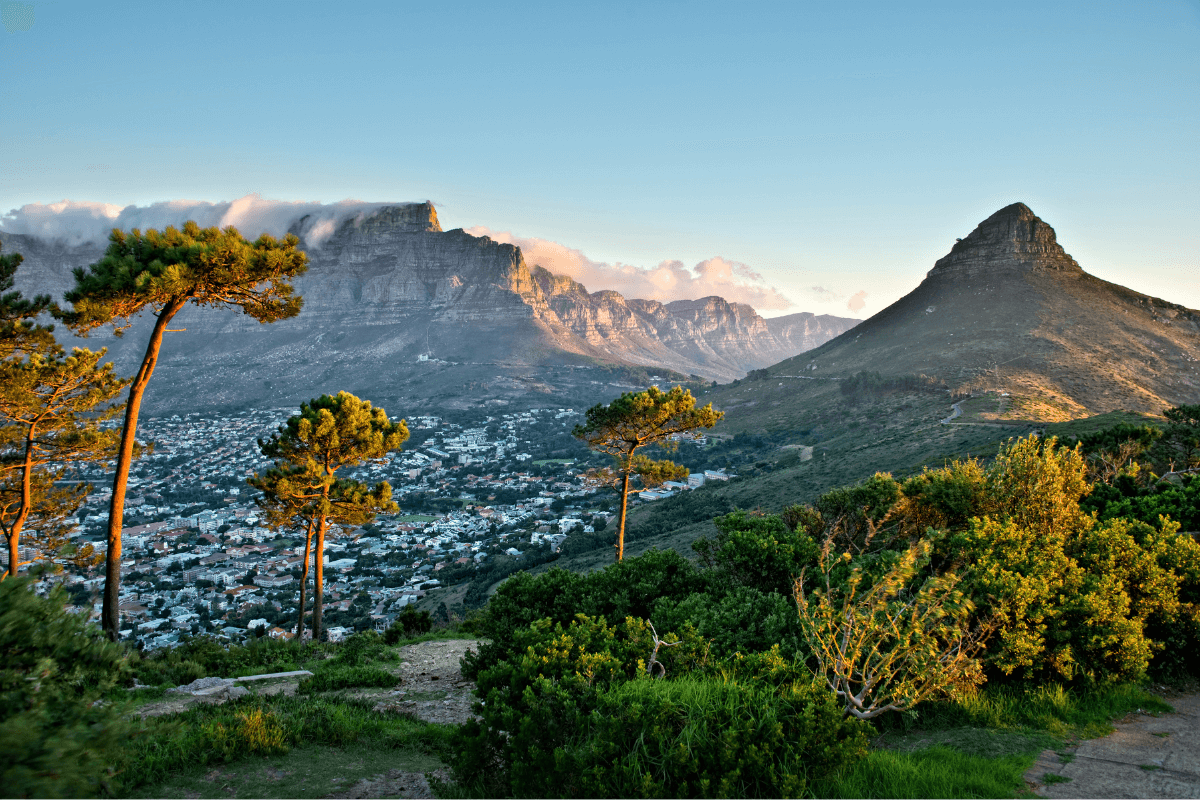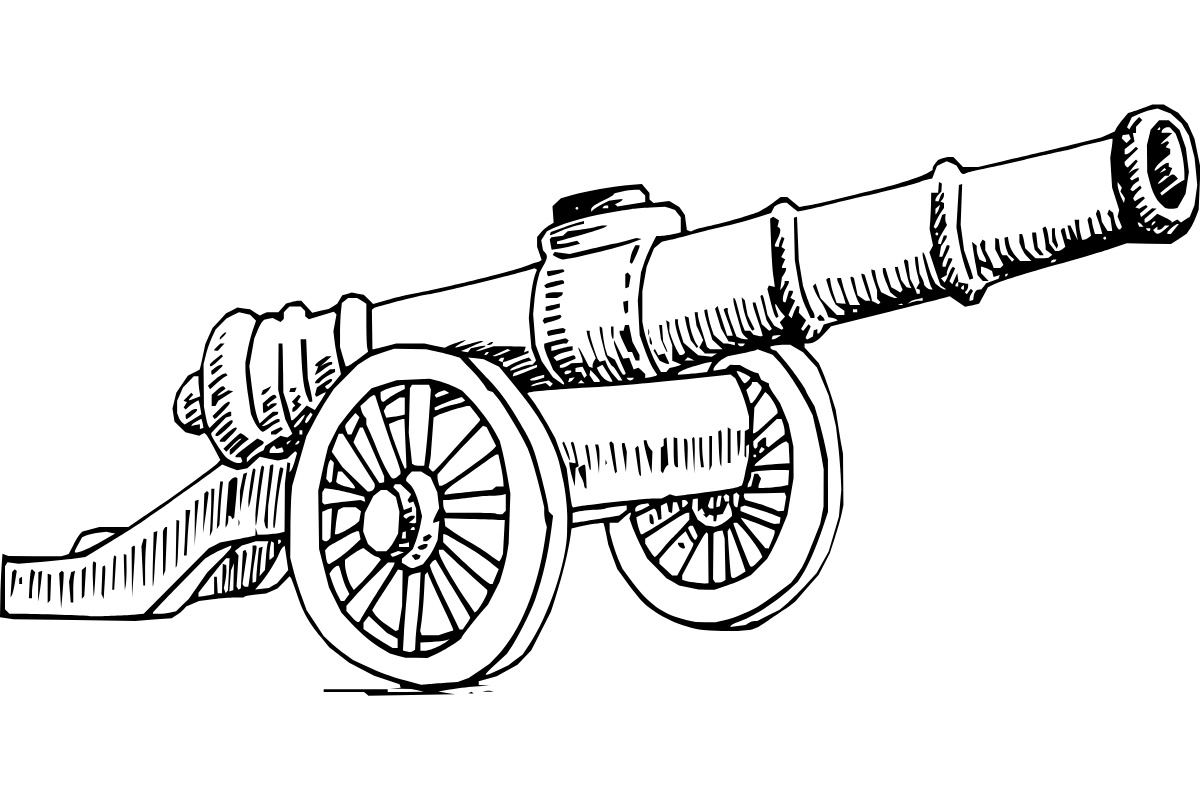Ribera del Duero occupies the north-western half of the massive Meseta that is central Spain’s high plateau in Castilla y León. It’s a brutal place of extremes: of relentless sun, harsh wind, storms and frost. Early September mornings are cold enough to warrant a warm, windproof coat. By midday you barely need a jumper and you usually need sunglasses. Such an enormous diurnal swing between hot and cold reduces the overall average temperature. Up here frosts are common, even as late as June, as are storms and drought.
If you look at a map of Spain’s wine regions, you can see small how Ribera del Duero is. Although in size it doesn’t seem much smaller than Rioja, it produces a mere fifth of the wine Rioja does. It’s also a relatively young region, only becoming D.O. Ribera in 1982.
A combination of older vines, many of them bush vines and the much harsher climate here also keeps yields lower creating the intensity of the Ribera style beloved of many. Locals describe the climate as “nine months of winter and three months of hell”
The landscape here is very striking; a long, barren, wide flat valley running from Valladolid in the west to Soria in the east, bisected by the Duero River and N22 main road. You do feel like you’ve strayed onto the set of a Western with the barren landscape and vineyards mainly up in the slopes.

There’s a strip of the region called “The Golden Mile, just west of Peñafiel which is home to a list of famous bodegas like Vega Sicilia. On either side in the distance north and south you can see the distinctive, layered and rounded ends of limestone promontories. It’s easy to forget that we’re between 750-1000 metres above sea level here and many of the vineyards are in the foothills.
This is ‘Tempranillo Central’ where the grape variety represents 96% of all plantings. The rest is a mix of Garnacha, Cabernet Sauvignon, Merlot and Malbec. There is a tiny amount of one white grape - Albillo Mayor which is native to this part of Spain. Historically planted for rosado production, nowadays those lucky enough to own a small parcel tend to use it for white wine. Alfredo Maestro uses his for a cracking skin contact/orange style wine in his “Lovamor”.

Historically most Ribera bodegas solved the problem of not having a white wine in their range by setting up alternative wineries in Rueda, just south of the western end of Ribera, where they could produce Verdejo. But these days, in keeping with the more recent trend that favours traditional local grape varieties, those who do have parcels of old Albillo vines are now making really interesting, gastronomic styles of white with it.
But this is above all a red wine region with a similar use of oak to Rioja and in its classifications for ageing, but with a significantly more intense and powerful style of wines due to the different and more extreme climate here. Along with other Spanish regions like Catalunya, the two decades between 1990 and 2010 saw wine styles dominated by Robert Parker’s ratings - favouring rich, extracted styles given lengthy ageing in mostly new and often American oak.
In contrast the last 15 years have seen a focus on the pursuit of freshness and the expression of terroir. Tim Atkin MW, an excellent commentator on Spain, argues that Ribera has as many different soil types as Piemonte, but that they haven’t been mapped out yet! It’s clear that a younger generation of winemakers favours a more modern iteration of the region’s traditional style with the emphasis on freshness and discreet oak.
These modern styles are more likely be aged in a mix of French oak (not necessarily new) and cement or concrete vats or Stockinger (the barrel that doesn’t show the oak on the finished wine). It’s all about terroir while the time spent in barrel is to merely allow the wine to develop complexity rather than to impart an overtly oaky style.
The results are pleasingly elegant, fresh and drinkable wines that complement food perfectly, but which haven’t lost that particular Ribera intensity.

My first ever taste of Ribera del Duero was a Vega Sicilia ’78, courtesy of one of my old restaurant customers, who would occasionally bring in a gem from his cellar to share with his friends and me! I didn’t understand at that time quite how lucky I was to share such a wonderful rare wine. Recently we poured Valbuena 5 2018 in magnum as part of our Ribera del Duero tasting in our Richmond Hill shop. Listening to the near silence as everyone responded instinctively to the wine’s perfect balance, delicious texture and gorgeous fruit was a lovely reminder of my first taste of Ribera.
So, in summary, it’s time to rethink Ribera: there is such diversity and quality across the region now.
Here are my picks:
For an easy drinking style with a bit of gentle oak try the Larán Larán wines from Bodegas Vizcarra. The Roble (with 6 months in barrel) is the perfect tapas glass whilst the 12 Meses is a bit fuller and seriously food friendly. Both are fresh and easy to drink. Vizcarra also make a stunning single vineyard Garnacha from older vines.
For a more modern, fresher take on Ribera the Dominio de Autata, Pícaro del Aguila and Garmón wines all show just how elegant and fine the new styles are. They belong with fine food, good glassware and of course, good company. ¡Salud!



